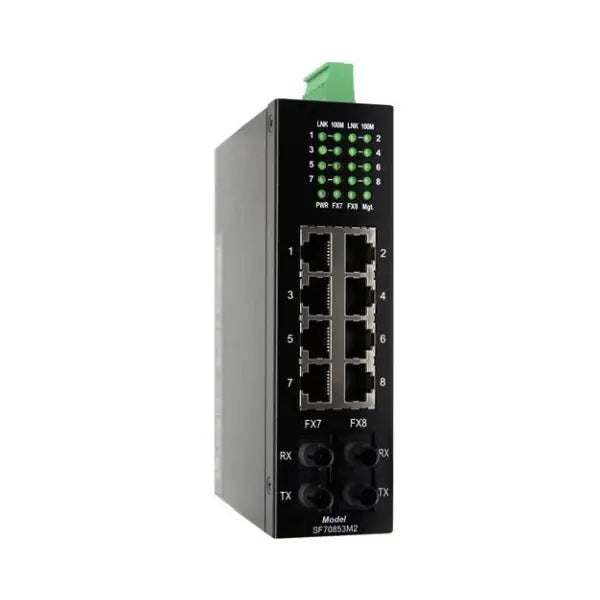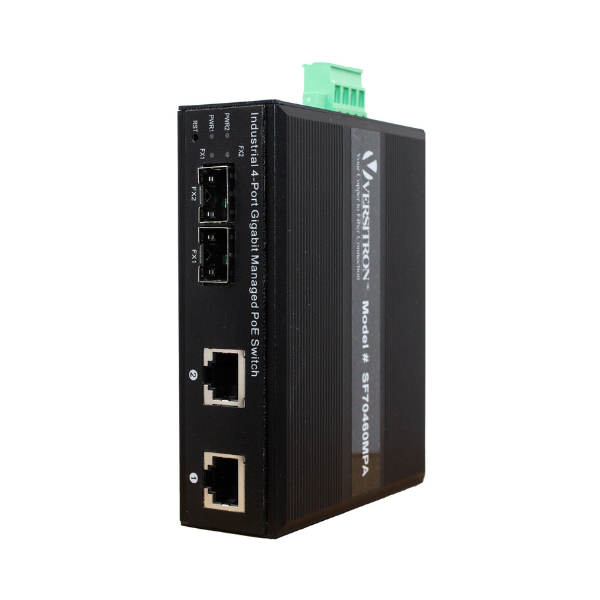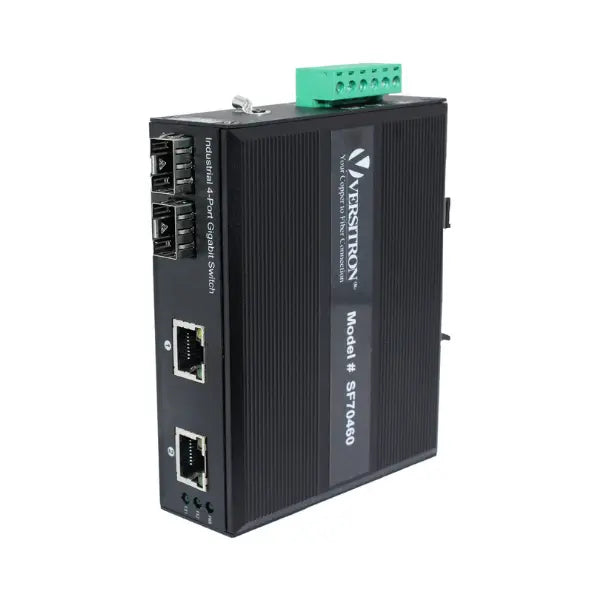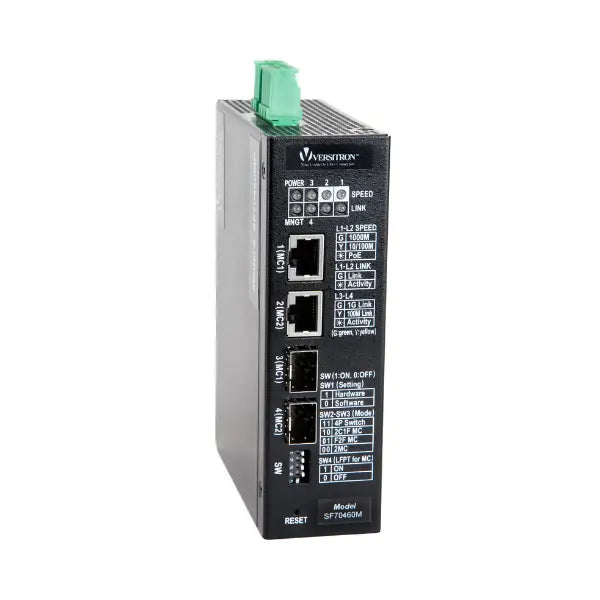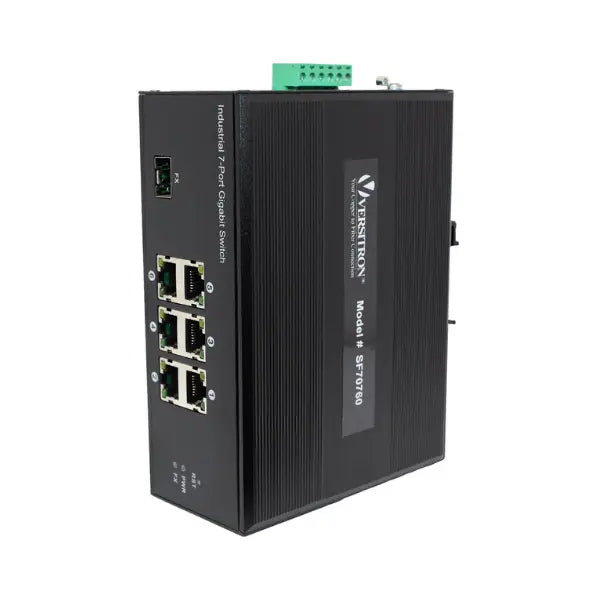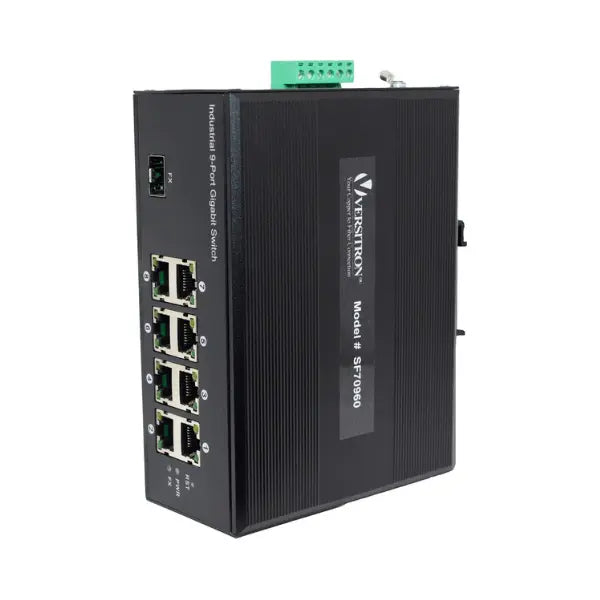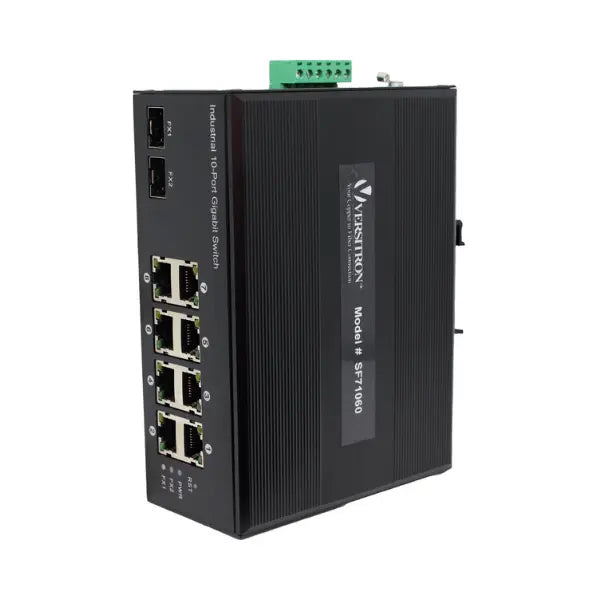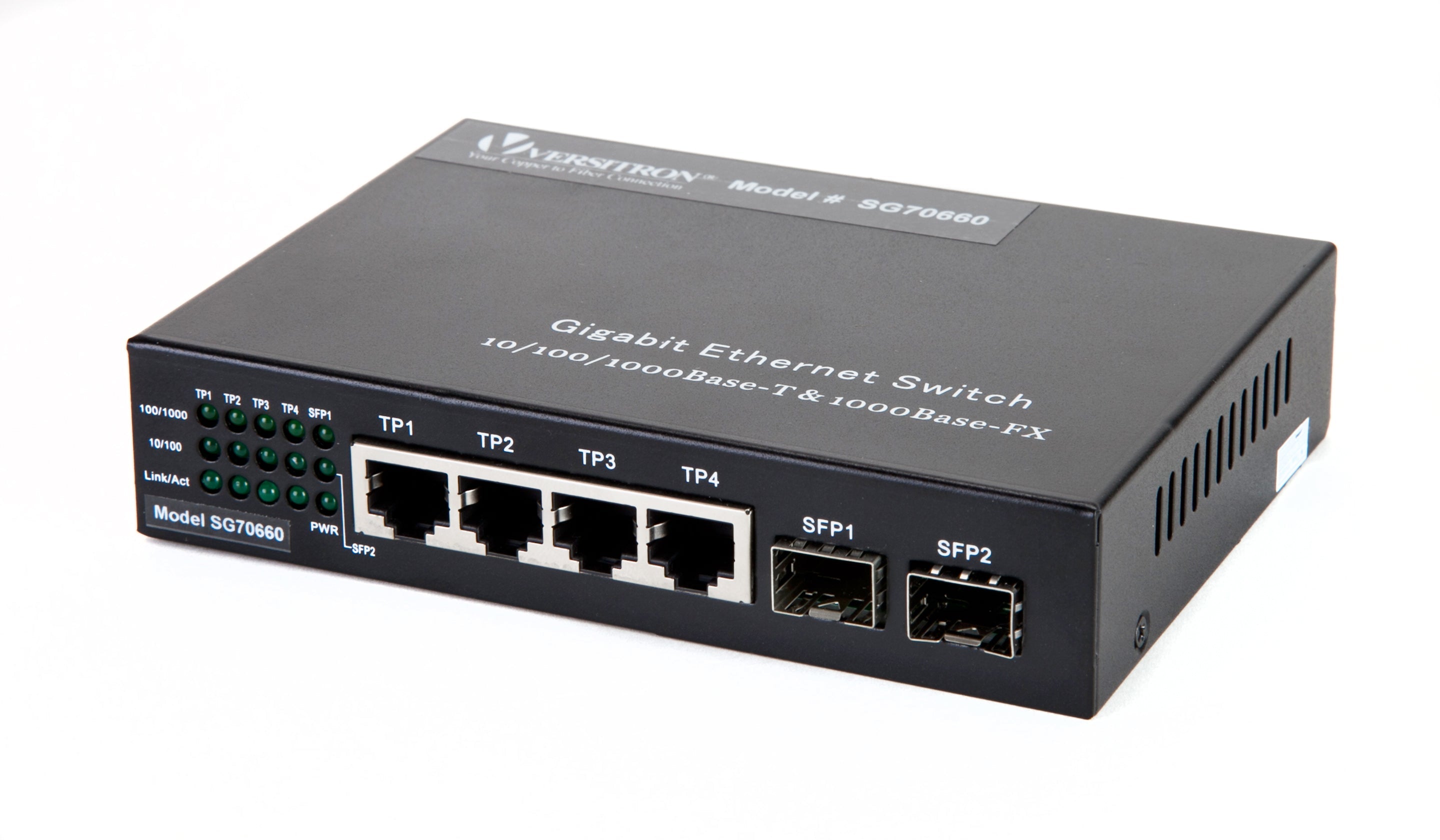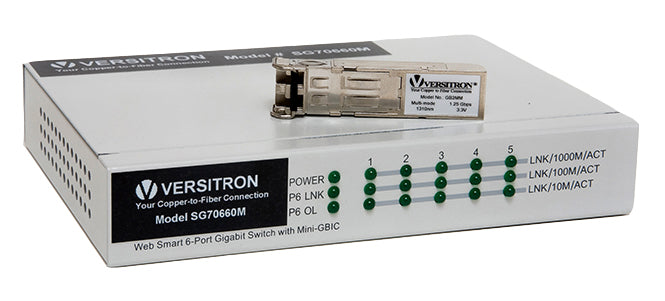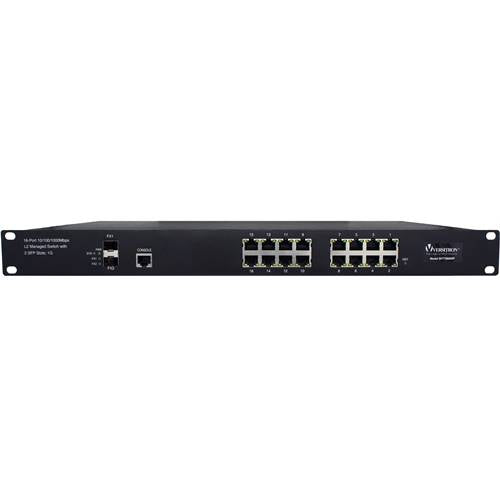Data transmission is the backbone of today’s digital infrastructure which is achieved using cables. Whether it is commercial enterprises, telecommunication networks, data centers, or home internet connections, the right choice of cable plays a vital role in data transmission. Several types of cables are used for the purpose; however, Twinax and fiber optic cables are popular among them. This post offers insights on the benefits and challenges of each type, and tips on correct selection.

Brief Introduction to Twinax and Fiber Optic Cables
Twinax and fiber optic cables have existed for a while and are primarily employed in networking infrastructure worldwide. Despite their popularity, users do not focus on construction and working. The following pointers will help you understand their construction and purpose in different applications.
What is Twinax Cables?
Originally developed by IBM, these cables are very similar to coaxial cables used in cable TV connections, with the only difference of two conductors instead of one. These cables were initially used for IBM power systems, midrange hosts, printers, terminals, and so on. Twinax cables comprise two conductors twisted together and insulated from each other. Both conductors are used for data transfer because they work in half-duplex mode. These conductors are surrounded by a protective outer jacket. The twisted pair configuration combined with SFP+ modules in these cables helps minimize crosstalk and electromagnetic interference, facilitating high-speed and reliable data transfers in multigigabit Ethernet networks.
What is Fiber Optic Cables?
These cables feature thin strands of plastic or glass that carry light pulses. Here, data is transmitted in the form of light pulses. This technology assures minimal signal degradation over long distances. Due to its advantages, fiber optic cables have quickly become the preferred choice for long-distance communication, such as transoceanic cables.
Twinax Cable vs. Fiber Optic Cable: Benefits and Challenges
Having known the construction and applications of these cables, you may want to explore them further. This section will help you understand the distinction between these cables through their challenges and benefits.
Advantages of Twinax Cables
- High-speed Data Transmission: Twinax cables can achieve data speeds up to 100 Gbps, which makes them an ideal choice for data centers and storage devices that demand efficient yet fast data transfers.
- Cost-effectiveness: Twinax cables are more cost-effective than fiber optic cables and many other types of cables. These cables offer excellent performance, at par with fiber optic cables at much lower prices, making them a preferred choice for budget-conscious projects.
- Low Latency: This is a significant advantage for applications where real-time data transmission is essential, such as in high-frequency applications and data centers.
- Compatibility: Twinax cables can be easily integrated into any existing infrastructure due to compatibility with different interfaces such as SFP+, QFSP28, QSFP+, and so on.
- Robustness: These cables feature robust construction and can resist physical damage to a certain extent, thereby making them an ideal choice for many outdoor environments.
Challenges
- Limited Bandwidth: Although these cables support high data transfer rates, they have certain bandwidth limitations. These limitations can be a drawback in applications that demand extensive and bulky data transfer over long distances.
- Limited Distance: As said before, Twinax cables are very similar to legacy coaxial cables with limitations in terms of distance. This limits their utility to short-distance transmissions.
Advantages of Fiber Optic Cables
- High Bandwidth: These cables assure better bandwidth than copper cables. Data can be transferred per unit time of the fiber over other transmission media, which gives it a significant advantage. With digital transactions taking over, high bandwidth availability has become a priority. This high bandwidth availability is easily met by fiber optic cables.
- Long-distance Transmission: Fiber optic cables transmit optic impulses, which are faster than electric impulses transmitted by copper cables. Unlike copper cables, these impulses are not susceptible to vulnerabilities, which makes them an ideal choice for long-distance transmission, such as undersea cables.
- Immunity to Electromagnetic Interference: As discussed above, fiber optic cables transmit optical signals rather than electric impulses, which is why they are immune to electromagnetic interference (EMI) and radio frequency interference (RFI), thereby making them an ideal choice for electrically noisy environments.
- Greater Flexibility: Fiber optic cables are thinner and more lightweight than Twinax cables and coaxial cables. Also, they are designed to withstand more pull pressure than copper cables. This makes them less prone to damage, breakage, and assures low downtime compared to Twinax cables. Fibers can be bent easily and can resist more corrosive elements than copper cables.
- Data Security: Although copper cables including Twinax cables still form an integral part of legacy data networks, they do not assure complete data security. Fiber optic cables help keep data secure and do not radiate signals easily. They are difficult to compromise or tamper with, and hence secure. They also offer high physical security as all electronics and hardware can be installed in one location. On the other hand, in a legacy infrastructure using copper cables, equipment is installed at different distribution locations in the facility due to their short distance transmission capabilities.
Challenges
- High Upfront Costs: Fiber optic cables are designed to overcome the challenges of copper cables, which is why they demand high upfront costs. They are expensive to install and have high maintenance requirements.
How to Choose Between Fiber Optic and Twinax Cables
Choosing between fiber optic and Twinax cables would depend on your application requirements. The following pointers will ease your selection process.
- Distance: If your application involves short-distance connections in a controlled environment, then Twinax cables make a perfect choice. However, if you are planning networks across cities or countries then fiber optic cables make the best choice.
- Budget Constraints: As said before, Twinax cables are the best choice for budget-constrained projects. Although fiber optic cables may seem like a large upfront investment, they offer long-term benefits in terms of maximum uptime, high-speed data transfer, immunity to electromagnetic interference and so on. Also, you can blend them with the existing network which makes it slightly budget-friendly.
- Environmental Constraints: You must address the environments where these cables will be used. For instance, if the cables are used in challenging environments, where they will be exposed to physical stress then Twinax cables are the best choice. However, if you seek immunity from electromagnetic interference, fiber optic cables are the best choice.
Conclusion
As discussed above, Twinax cables and fiber optic cables each have advantages and challenges, but the choice will depend on your application requirements. If you are already using these cables and wish to maximize the value of your investments then you must invest in quality equipment such as media converters that facilitate the conversion of electrical to optical signals. There are many brands offering these devices, which help optimize the value of your legacy infrastructure and fiber optics; however, VERSITRON stands tall among them. Whether now or in the future, if you plan to expand your network, ensure you source media converters and other networking devices such as network switches and routers from VERSITRON. The company has been at the forefront of fiber optics for several years. It offers these devices in standard and custom specifications to suit your requirements. You can contact their team of experts to know the scalability and future use of the devices they offer.
Frequently Asked Questions
Twinax cable is used for high-speed data communication, particularly in data centers, storage area networks (SANs), and telecommunications. It connects network devices like servers and switches, ensuring reliable and fast data transfer with minimal interference. Twinax cables are also used in professional audio/video equipment and Ethernet connections for short-range, high-speed applications.
The maximum twinax cable speed for data transmission in data centers is 100 Gbps (100 Gigabit Ethernet). Twinax cables are designed to support high-speed data transfer rates, making them ideal for modern data center environments where fast and efficient connectivity is crucial. These cables can handle speeds up to 100 Gbps over relatively short distances, typically up to 5 to 10 meters.
This makes them perfect for connecting servers, switches, and storage devices within the same rack or across adjacent racks. The use of twinax cables offers advantages in terms of cost-effectiveness and power efficiency compared to other high-speed cabling options like optical fibers, especially for short-range applications.
Twinax cables are widely compatible with network equipment that supports the specific speeds (10G, 25G, 40G, 100G) and standards they are designed for. However, it is always advisable to check compatibility with specific devices and manufacturers.


